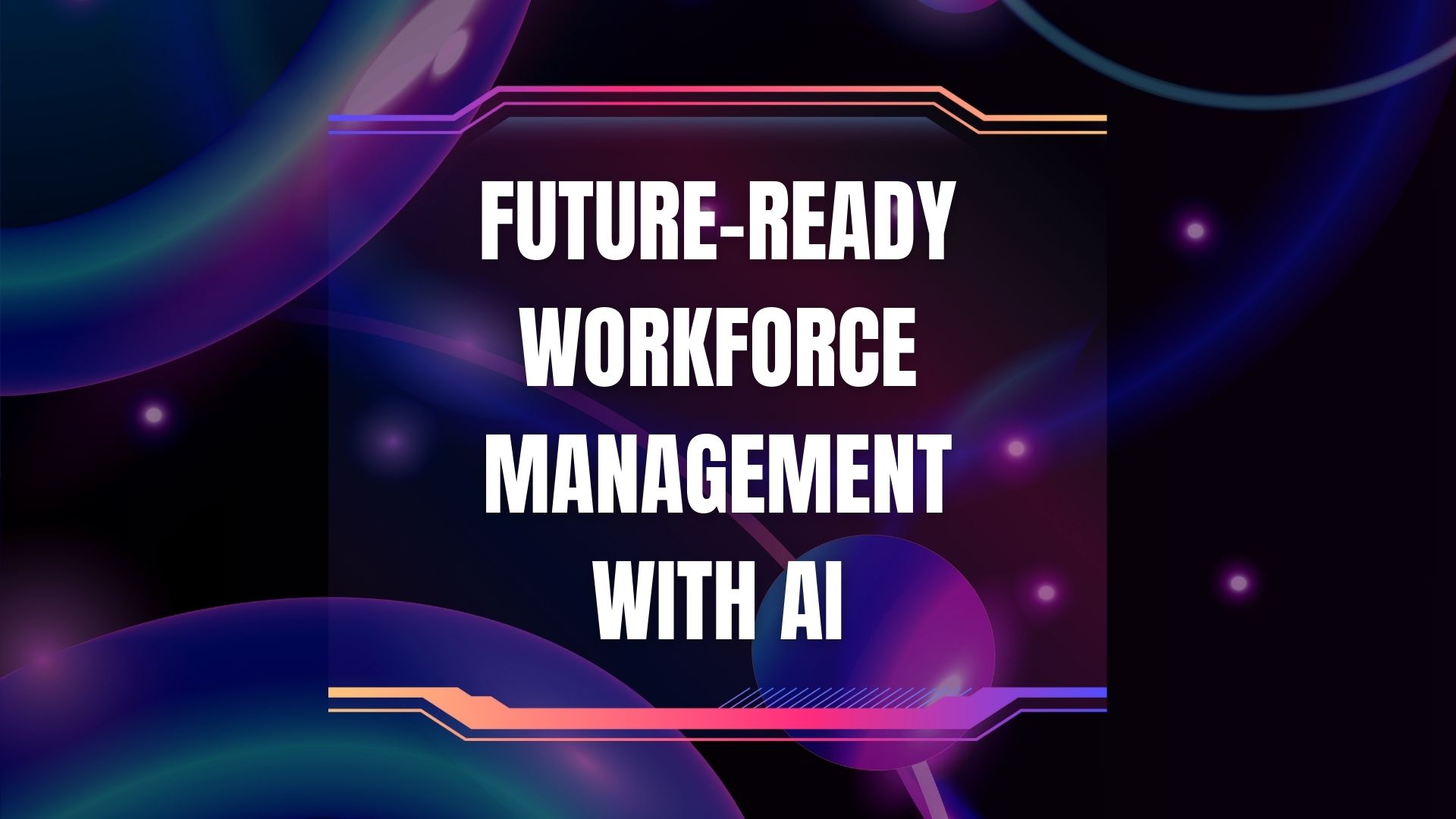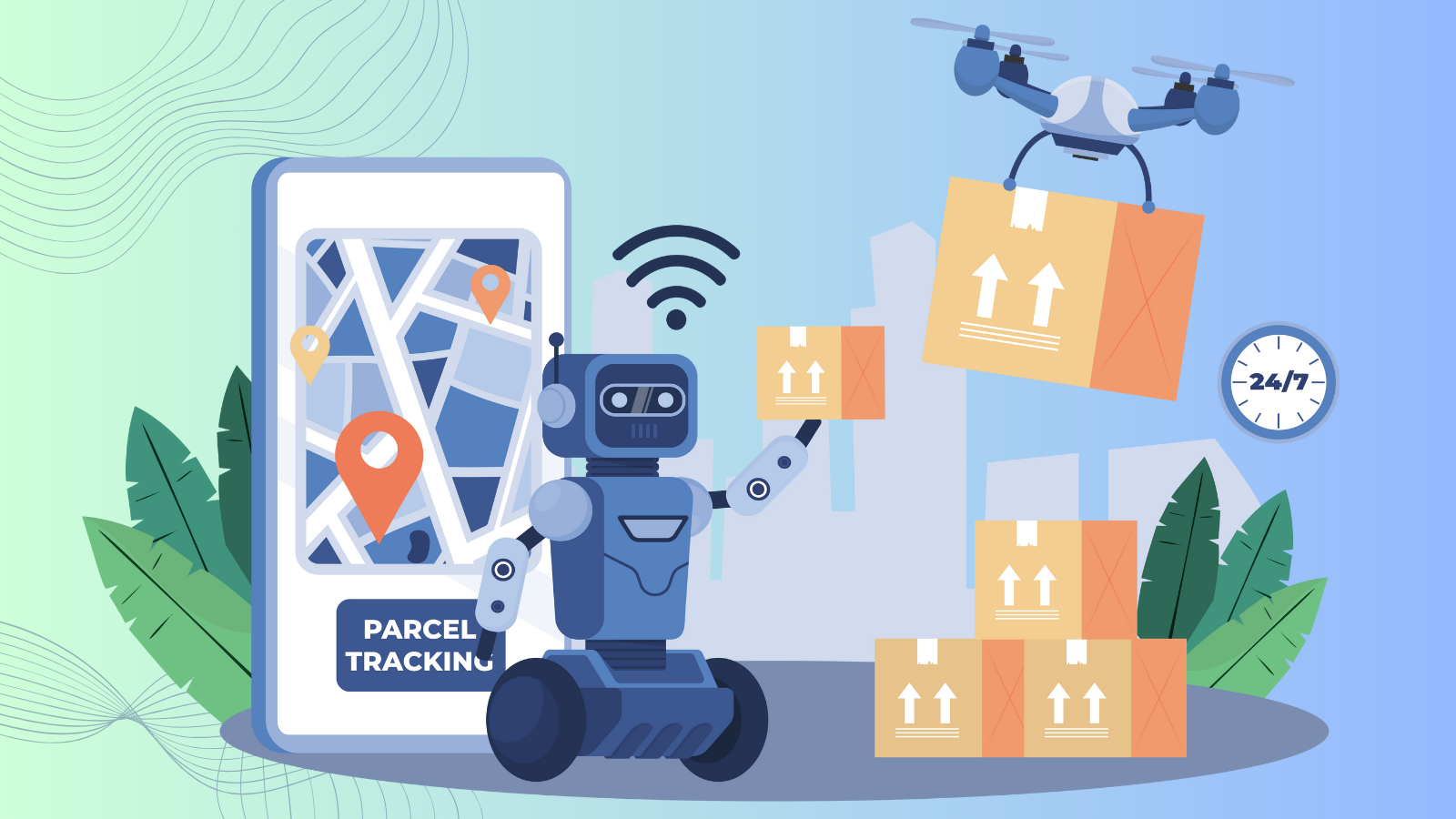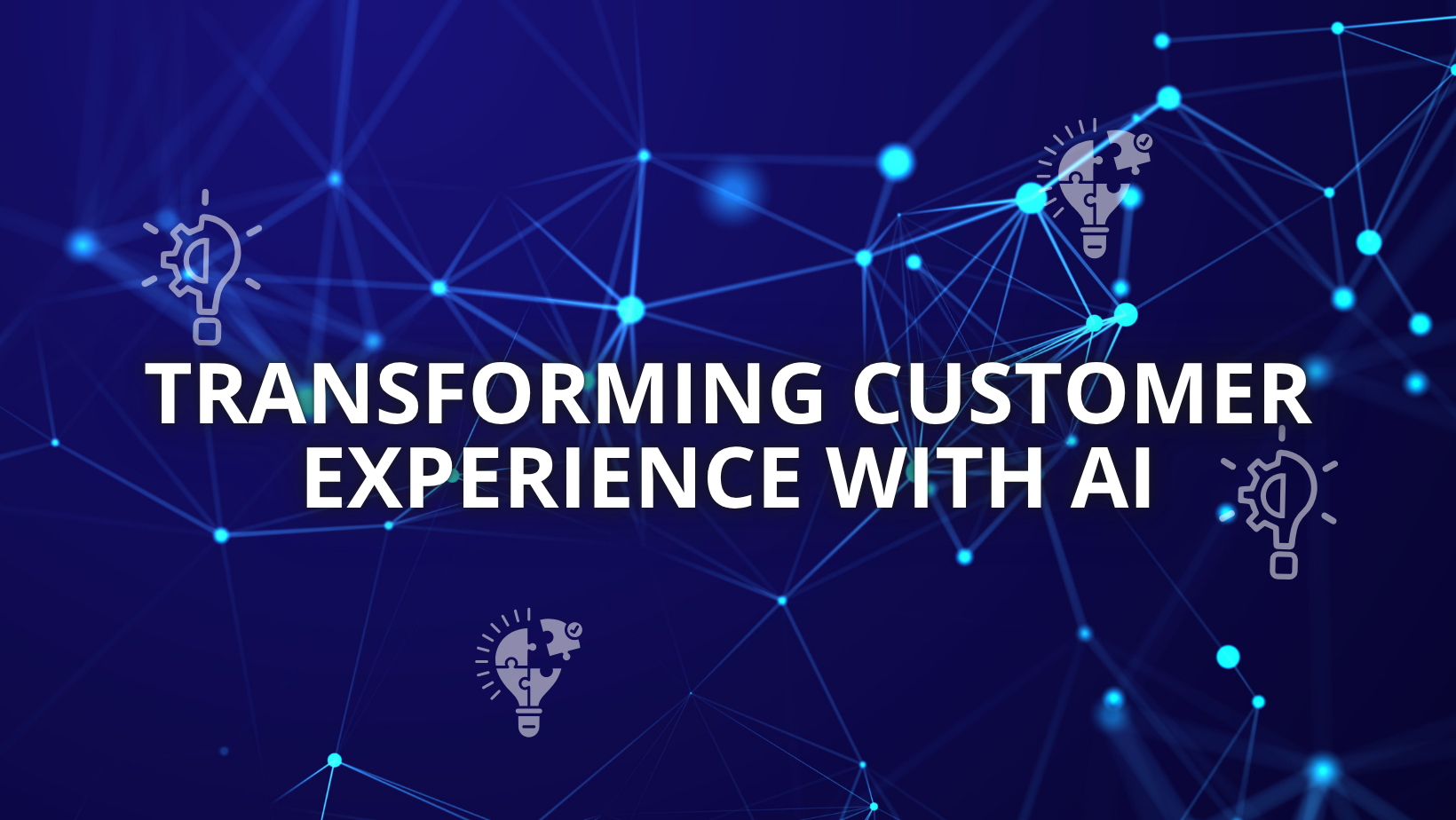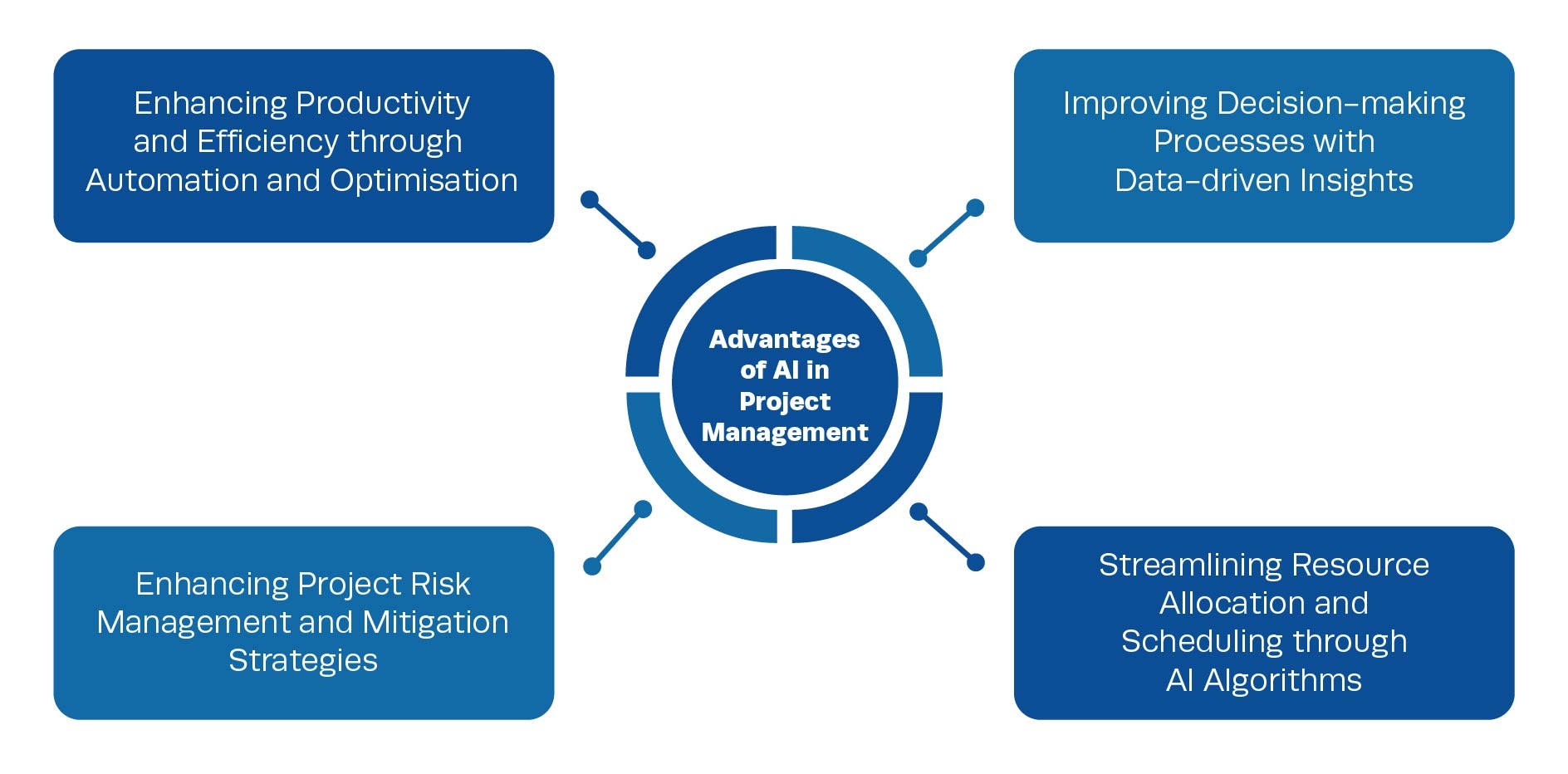For organizations today, prioritizing environmental, social, and governance (ESG) factors is becoming just as critical as driving revenue and profits. Consumers are increasingly basing their purchasing decisions on a company’s sustainability practices. Investors are placing greater emphasis on ESG performance. And regulators around the world are implementing new reporting mandates and compliance requirements related to environmental impact.
The stakes are high – companies that fail to get ahead of the sustainability curve risk being left behind. However, the path to reducing emissions, becoming a responsible corporate citizen, and embedding green practices is a daunting one. It requires comprehensive visibility into an organization’s total environmental footprint across operations, energy systems, supply chains, and more. It demands strategic roadmaps, enabled by data and cutting-edge technologies like AI and IoT, to drive quantifiable progress in areas like decarbonization. And it necessitates new processes, governance models, and a cultural shift.
IBM is aiming to be the catalyst for organizations looking to turn their sustainability ambition into action. Drawing from our decades of industry experience, technical prowess in hybrid cloud and AI, trusted research capabilities, and global services and consulting talent, we have developed a comprehensive portfolio aimed at accelerating our clients’ journeys to net zero and achieving their larger ESG objectives.
Here’s a deeper look at the key pillars of IBM’s sustainability solutions and how they are empowering organizations across sectors:
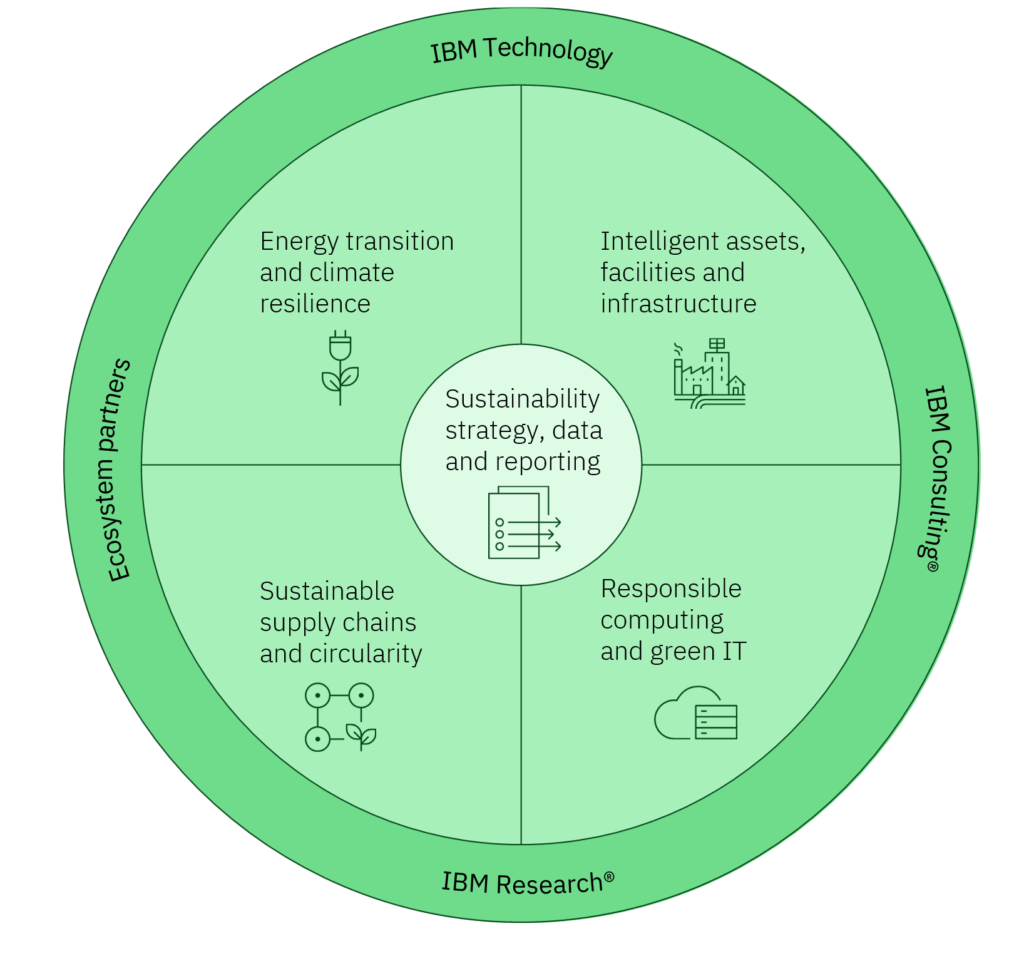
Sustainability Strategy, Data and Reporting
For companies, one of the biggest hurdles to making sustainability inroads is inadequate data – data that is siloed, lacks quality and governance, or relies too heavily on manual processes to collect and report on emissions, energy usage, and other ESG metrics.
This is where solutions like the IBM Envizi ESG Suite and Planning Analytics come into play. IBM Envizi serves as an AI-enabled environmental data hub, automating the collection, analysis, and reporting of ESG and sustainability metrics from disparate sources across the organization. This enables companies to establish a solid data foundation, baselines for emissions and environmental impact, and visibility into key factors influencing their ESG performance.
The Envizi Suite integrates tightly with Planning Analytics to embed sustainability data into larger strategic roadmaps and models for execution. Companies can build models simulating emissions reductions targets, energy usage and costs scenarios, and sustainability program impacts on business KPIs like revenue and profitability. Our consulting teams help co-create these strategic sustainability roadmaps with data-driven insights at the core.
In essence, these offerings tackle the critical challenge of harmonizing disparate sustainability data, infusing it with AI to surface insights, embedding it into larger business strategy development, and automating ESG reporting and disclosures to meet new regulatory requirements.
Energy Transition and Climate Resilience
Pivoting from fossil fuel-based energy sources to renewables is a key pillar of the sustainability and decarbonization agenda for many companies. However, the transition is a complex one, requiring careful planning, new technology adoption, and building in resilience to prepare for the physical risks of climate change.
IBM is playing a crucial role in helping organizations with energy transition and climate resilience through solutions like:
– The IBM Environmental Intelligence Suite: This AI-enabled software leverages weather data, IoT, and other spatial intelligence to help energy companies monitor and predict climate risks, optimize renewable energy assets, model storm impacts, and build resilience across transmission and distribution infrastructure.
– IBM Maximo: As the leading enterprise asset management solution, Maximo enables energy companies and utilities to optimize performance and extend the life cycle of critical energy generation and grid assets through predictive maintenance, IoT monitoring, and more efficient field operations.
For example, a large electric utility in Texas is using Environmental Intelligence Suite capabilities like vegetation management to proactively monitor areas where overgrown trees pose risks to power lines. This intelligence helps the utility prioritize maintenance, reduce service disruptions, and minimize safety incidents. Another utility in Texas is leveraging Maximo to manage an “energy flexibility” platform that incentivizes commercial/industrial facilities to reduce load on the grid during peak periods instead of spinning up fossil fuel plants – driving decarbonization.

Intelligent Assets, Facilities and Infrastructure
When it comes to sustainability, most companies are intensely focused on their physical assets – manufacturing facilities, industrial plants, buildings, distribution centers, heavy equipment, and more. These assets account for a large percentage of an organization’s environmental footprint through direct emissions, energy consumption, and wasted resources.
IBM has a rich portfolio of solutions aimed at optimizing asset management and facilities to drive more sustainable operations. Our Maximo offering helps companies extend the usable life of critical assets like plant equipment through predictive and prescriptive maintenance, minimize downtime, and transition to more condition-based, efficient maintenance models. Maximo infuses AI, IoT, and even emerging technologies like 3D digital twins to optimize asset performance and reliability in a sustainable manner.
On the facilities side, TRIRIGA allows companies to increase space utilization in office buildings and other workplaces, reduce energy and water consumption, monitor carbon emissions, and create smarter, more sustainable workspaces. For example, a leading chemical company used TRIRIGA to gain a holistic view of facility space and capacity, achieving a 20% increase in facility utilization for $4 million in annual savings.
Envizi’s capabilities also extend to tracking emissions and other environmental factors related to physical assets and facilities. Manufacturers, for instance, can use Envizi to monitor energy, waste, water usage and emissions at a plant or factory level to identify inefficiencies and opportunities for improvement.
Responsible Computing and Green IT
While a company’s physical footprint and industrial assets draw significant attention in sustainability efforts, their digital operations and IT infrastructure also play a major role in overall emissions and environmental impact. Data centers, for instance, account for an estimated 4% of global greenhouse gas emissions – more than the entire airline industry.
This is where IBM’s decades of experience in enterprise computing and technology innovation comes into play on the sustainability front. We have solutions aimed at optimizing the energy efficiency, utilization, and responsible computing practices of on-premises and cloud data center operations:
– Turbonomic: This AI-powered solution helps companies optimize their hybrid cloud infrastructure for performance, compliance and cost – but also for environmental sustainability. Turbonomic can increase server utilization, drive energy-efficient workload management, model IT footprint scenarios, and perform energy-aware resourcing.
– IBM Power servers, z16 mainframes, and storage systems: With highly efficient designs focused on performance-per-watt and energy usage, solutions like IBM z16 and Power help organizations minimize the emissions footprint of IT operations.
– IBM Cloud: Leveraging IBM’s leadership in areas like quantum-safe encryption and confidential computing, clients can build sustainability initiatives and workloads on a highly secure, energy efficient cloud.
We’re also innovating with new computing technologies like next-gen batteries, novel cooling techniques, and even containerized micro data centers.
Need Sustainability Training? Enroll for
Sustainable Supply Chains and Circularity
For many companies, especially those with complex manufacturing operations and extended supply chains, a major portion of their carbon emissions fall under the Scope 3 category. These are indirect emissions that occur in the larger value chain – from logistics and transportation, to emissions from suppliers, all the way through product use and end-of-life treatment.
To tackle this challenge, IBM offers solutions like the newly-launched Envizi Supply Chain Intelligence capability. This AI-driven offering provides companies with granular visibility into emissions hotspots and environmental impacts across global supply chains and distribution networks. Through capabilities like geospatial intelligence and emissions modeling, companies can identify opportunities to optimize logistics networks for lower emissions, perform comprehensive Scope 3 accounting, and foster more sustainable sourcing and procurement practices.
IBM Sterling Order Management helps companies drive more sustainable order fulfillment and e-commerce operations through intelligent order management, inventory optimization to reduce waste, dynamic supply chain re-planning, and next-gen customer experiences. Our product lifecycle management solutions like Engineering Lifecycle Management enable sustainable product design and engineering from the start.
Want to Buy Sustainability Solutions? Visit
IBM Consulting and Research: The Catalysts for Sustainability
No technology implementation can truly move the needle on sustainability goals without the backing of human expertise, business strategy alignment, and a repeatable transformation methodology. This is where the depth of knowledge from IBM Consulting and IBM Research provide a strong catalyst.
Our consultants work hand-in-hand with clients to assess their current sustainability posture, build a strategy roadmap aligned to core business objectives, identify process and organizational changes needed, and implement the right technology solutions for accelerating progress on emissions, energy, waste and other environmental goals.
IBM Research, one of the world’s most influential commercial research organizations, is also playing a pivotal role. IBM researchers are pioneering work on using AI models and machine learning to accelerate discovery of more sustainable materials and manufacturing processes. We’re developing new AI applications to measure climate risk impacts, model biodiversity scenarios, and account for environmental factors. And researchers are fusing other deep areas of IBM’s technical expertise – from quantum computing, to encryption, to hybrid cloud – with sustainability needs.




